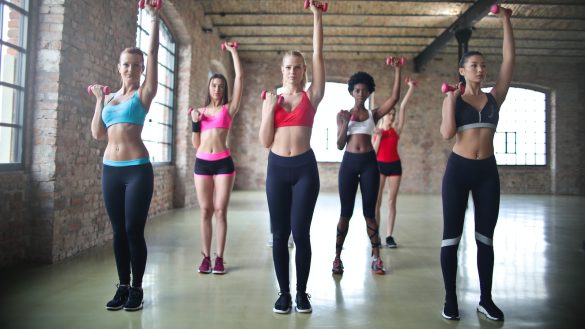As a new puppy owner, you may find yourself wondering how to create a safe and comfortable space for your furry friend. Crate training is a popular method used by many pet owners to provide their puppies with a personal space that they can call their own. Not only does it help with house training, but it also helps with separation anxiety and provides a sense of security for your puppy. In this article, we will explore the ins and outs of crate training, including how to choose the right crate, how to introduce your puppy to the crate, and tips for making the crate a positive and enjoyable space for your furry friend. So, let’s get started on mastering puppy’s personal space through crate training!
1. “Creating a Cozy Haven: The Importance of Puppy’s Personal Space”
As a pet owner, it’s important to create a cozy haven for your furry friend. This is especially true for puppies, who need a comfortable and safe space to call their own. Here are some reasons why creating a personal space for your puppy is essential:
- Security: Puppies need a sense of security, and having a designated space can provide that. It gives them a place to retreat to when they feel overwhelmed or scared.
- Training: A personal space can also be used for training purposes. By teaching your puppy to go to their designated area when you give a command, you can help them learn boundaries and self-control.
- Comfort: Just like humans, dogs need a comfortable place to relax and sleep. By providing a cozy bed or crate, you can ensure your puppy gets the rest they need to grow and develop.
Creating a personal space for your puppy doesn’t have to be complicated. It can be as simple as setting up a crate or bed in a quiet corner of your home. Just make sure it’s a space that your puppy feels comfortable in and that they associate with positive experiences. By doing so, you’ll be helping your furry friend feel safe, secure, and loved.
2. “Unlocking the Benefits: How Crate Training Can Benefit Your Puppy”
There are several benefits to crate training your puppy that can make both your life and your puppy’s life easier. Here are some of the top benefits:
- Housebreaking: Crate training can help with housebreaking your puppy because dogs have a natural instinct not to soil their sleeping area. This means that your puppy will learn to hold their bladder and bowels until they are let outside to do their business.
- Safety: A crate can provide a safe space for your puppy when you are not able to supervise them. This is especially important during the puppy’s teething phase when they may chew on anything they can get their teeth on.
- Travel: Crate training can make traveling with your puppy much easier. Your puppy will be used to being in a crate, which can reduce their anxiety during car rides or flights.
It’s important to note that crate training should be done in a positive and gradual manner. Your puppy should never be forced into the crate or punished for not wanting to go inside. With patience and consistency, crate training can be a valuable tool for both you and your furry friend.
3. “Mastering the Art: Tips and Tricks for Successful Crate Training
Crate training is an essential part of raising a happy and well-behaved dog. With the right techniques and a little patience, you can teach your furry friend to love their crate and see it as a safe and comfortable space. Here are some tips and tricks to help you master the art of crate training:
– Start Slow: Introduce your dog to the crate gradually. Begin by leaving the door open and placing treats and toys inside. Let your dog explore the crate at their own pace and never force them inside. Once they feel comfortable, start closing the door for short periods of time and gradually increase the duration.
– Make it Comfortable: Make sure your dog’s crate is the right size for them and is equipped with a comfortable bed or blanket. You can also leave a piece of clothing with your scent on it to help your dog feel more secure. Avoid using the crate as a punishment and never leave your dog in there for extended periods of time.
Remember, crate training is a process that requires patience and consistency. With these tips and tricks, you can help your dog learn to love their crate and enjoy the many benefits it provides. As you embark on your journey to crate train your puppy, remember that patience and consistency are key. By providing your furry friend with a safe and comfortable personal space, you are not only ensuring their well-being, but also setting them up for success in the future. With time and effort, your puppy will learn to love their crate and see it as a cozy retreat. So, embrace the process and enjoy watching your puppy grow into a happy and well-adjusted companion.

